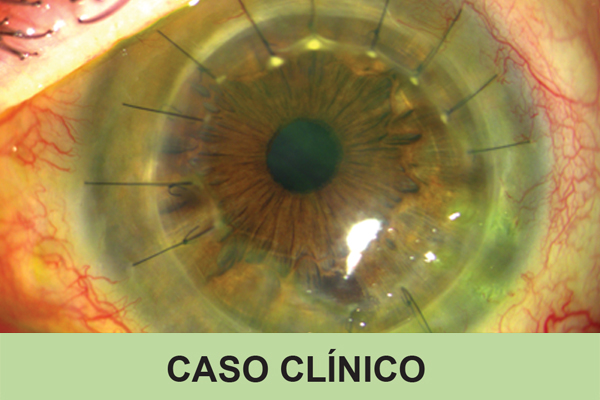SOCIAL MEDIA
Portuguese Medical Association's Scientific Journal

At the age of 43 years-old, a man was left with bilateral limbal stem cell deficiency after an ocular alkaline burn with lime, which resulted in corneal opacification. After multiple unsuccessful surgical attempts to restore vision, including penetrating keratoplasties and Boston keratoprosthesis, visual acuity was counting fingers in the left eye. At 73 years of age, the patient underwent another surgery in his left eye. Cauterization of neovessels and removal of the vascular pannus were followed by partial excision of Tenon’s capsule. Penetrating keratoplasty was followed by an intrastromal injection of anti-VEGF (vascular endothelial growth factor), and the ocular surface was covered with amniotic membrane. Postoperatively, the graft was clear with no signs of inflammation; vision improved to 20/50 and remained stable throughout the following two years. Herein we describe some adjunctive procedures that might have delayed failure and rejection of the corneal graft. This case demonstrates the difficulties in treating bilateral limbal stem cell deficiency in a tertiary eye care center with no capacity to perform stem cell therapy.